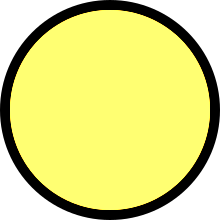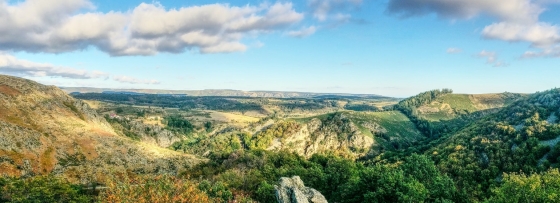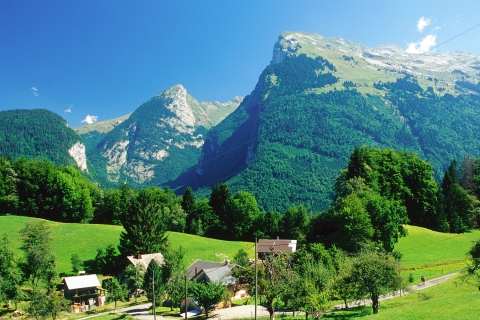Rochefort-sur-Loire Temperatures: Monthly Averages and Year-Round Insights
On this page, we’ll explore Rochefort-sur-Loire’s temperature statistics in detail, including day and night variations and monthly averages. We’ll also compare the annual temperature to other cities in France.
Monthly Temperature Averages
The climate in Rochefort-sur-Loire is known for significant temperature differences throughout the year. Average maximum daytime temperatures reach a comfortable 26°C in August. In February, the coolest month of the year, temperatures drop to a chilly 10°C. At night, minimum temperatures can drop even lower, averaging around 3°C.
The chart below illustrates the average maximum day and minimum night temperatures in Rochefort-sur-Loire by month:
The coldest temperatures are usually recorded between 4 AM and 6 AM, while the hottest temperatures occur near 3 PM, at the peak of the sun's warmth. August, the city’s warmest month, receives 228 hours of sunshine.
The chart below shows the average temperature throughout the year:
February, the city’s coldest month, sees about 61 mm of rainfall spread over roughly 14 days. It records 99 hours of sunshine of sunshine.
Annual Temperatures in France Compared
The map below shows the annual temperature across France. You can also select the different months in case you are interested in a specific month.
 very warm
very warm
 warm
warm
 pleasant
pleasant
 moderate
moderate
 cold
cold
 very cold
very cold
Rochefort-sur-Loire Temperatures Compared World Wide
Rochefort-sur-Loire’s average annual maximum temperature is 18°C. Let’s compare this with some popular tourist destinations:
Athens, Greece, experiences an average annual temperature of 23°C, with hot summers and mild winters typical of a Mediterranean climate.
In contrast, in ReykjavĂk, Iceland, the average annual temperature is significantly lower at 9°C, with mild summers and cold winters.
Boston, USA, experiences seasonal shifts similar to New York, with an average annual temperature of 16°C.
Melbourne, Australia, has a slightly cooler climate, with an average annual temperature of 20°C.
How does the temperature feel?
Humidity is an essential factor in how you experience temperature. When a warm period is accompanied by high humidity, it results in a higher perceived temperature. This is especially true when temperatures exceed 25°C, as it can cause greater discomfort.
On the other hand, in cooler months, especially when temperatures dip below 10°C, high humidity can intensify the cold. This makes the air feel much colder than it really is.
In Rochefort-sur-Loire, during the coolest month, February, you will experience 85% humidity, which is considered very high. This is accompanied by an average maximum temperature of 11°C. In the warmest month, August, the humidity is 76% combined with an average maximum temperature of 26°C, which creates a high-feel temperature. Explore our detailed page on humidity levels for further details.
How are these Temperatures Measured?
Generally, temperature data depicting climate is usually given over a 30-year average in order to reduce short-term fluctuations and reveal better long-term trends in climate conditions.
This temperature data is taken from land-based thermometers, ocean buoys, ships, and satellites. These measurements are transmitted to weather stations and climate centers around the globe where they are processed, averaged, and analyzed in order to monitor the trends and create climate models.
Effects of Temperature on Weather and Climate
Temperature variations influence precipitation patterns in Amsterdam:
Rainfall: Warm air holds more moisture, leading to heavier rain during warmer months. However, precipitation is generally moderate year-round.
Snow: Occasional snowfall occurs in winter, though it rarely lasts very long.
For more detailed information about Rochefort-sur-Loire’s weather, including monthly rainfall, sunshine hours, and humidity levels, visit our Rochefort-sur-Loire climate page.
Current temperature in Rochefort-sur-Loire






